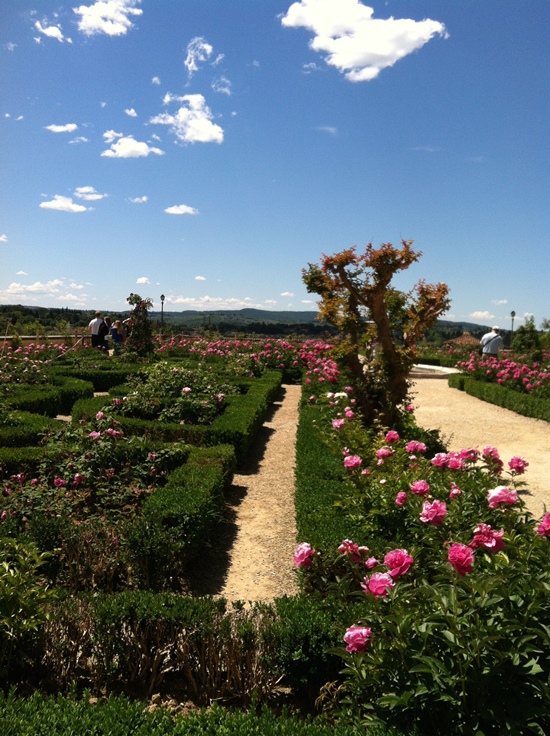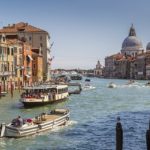Taking a Stroll Through Boboli: A Walk Back in Time


Florence itself only has a few very selective parks, a fact that even the Medici themselves were well aware of. To have such extensive grounds covering a good portion of the city meant that you were incredibly wealthy—and the Medicis liked to make that more than apparent by keeping up the palace grounds the best they could. They were also difficult to see when the Medici were in power, as they were built almost exclusively for Eleonora di Toledo, wife of Cosimo de Medici.
We entered the amphitheater, where statues stood above us, surrounding us like we were actresses in a play that they might be watching. Perhaps that is one of the things these gardens are most famous for—there always seems to be some sort of marble caricature staring out at you from behind a bush or floating in the middle of a small lake. The amphitheater echoed with the sound of visitors’ voices, and as we strolled along, we couldn’t help but imagine that we were back in the time of the high Renaissance.
Just past the concave structure of the amphitheater, an Egyptian obelisk stands. It was originally from the Medici palace in Rome, and was transported to Florence when the gardens were being constructed. I couldn’t help but feel like it was a little out of place among the sculptures and works from the sixteenth century. Yet for the Medicis, it was a symbol of their power and influence that they could afford to have such a work from such an exotic locale in their gardens.

However, we were about to see something much more like what you would expect in the garden of Renaissance royalty. The fountain of Poseidon with his trident (which has been dubbed the “Fork Fountain” by Florentines) remains a symbol of the gardens. Poseidon was originally considered a mark of a ruler’s prowess at sea, so the fact that the statue stands within the center of the gardens is no accident—a reminder to the few visitors allowed inside of Florence’s dominion over the sea. (You can also find another statue of Poseidon in Piazza Signoria in front of the Palazzo Vecchio. Poseidon’s face is that of Cosimo Medici himself.)
The gardens are expansive. It’s hard to see them all, but we made our way up to the top where you can get a great view of the city and the surrounding Tuscan hillsides. Medieval castles, built high on hills so the residents could see any intruding armies from miles away, looked like buildings that belonged in a da Vinci painting. There were also fragrant pink roses budding from various bushes.

After a quick look at the Silver Museum, and wandering down several other paths, we came across a grotto where a young couple walked holding hands. It was almost a little too sickeningly romantic, but we couldn’t help but admire how well the gardens were taken care of and the pride the Florentines showed for their historical sites.
On the way out, we took a glance at the Grotta del Buonotalenti. Originally started by Giorgio Vasari, it’s one of the stranger works that you will see coming from the High Renaissance. Michelangelo had begun to work on it, but his piece was never finished. Stalagmite-seeming stone carvings make up the structure, and we found ourselves giving it a quick look before leaving the gardens for the day.
“You know,” Alex said. “I think that would be a perfect location for a wedding.” Apparently Kimye (Kayne West and Kim Kardashian) thought so. Recently, the couple held their wedding ceremony at Fort Belvedere, not that far away from the blooming gardens of Boboli.








